Acceleration
Acceleration: Overview
This topic consists of various concepts like Average Acceleration,Acceleration - Time Graphs,Instantaneous Acceleration, etc.
Important Questions on Acceleration
The velocity-time graph of the particle moving along a straight line is shown. The rate of acceleration and deceleration is constant and it is equal to . If average velocity during the motion is , then find the value of
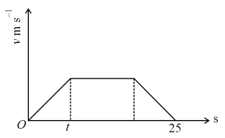
Which of the following curve does not represent motion in one dimension?
A body is moving with velocity towards east. After 10 seconds its velocity becomes towards north. The average acceleration of the body is
The displacement of a particle varies with time The acceleration of the particle at any given time () will be equal to
A particle moves along a straight line such that its displacement at any time t is given by metres. The velocity when the acceleration is zero is
A particle is moving eastwards with a velocity of . In , the velocity changes to northwards. The average acceleration in this time is
The velocity displacement graph of a particle moving along a straight line is -
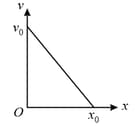
The most suitable acceleration-displacement graph will be
A body starts from rest at time , refer to the acceleration-time graph shown in the figure. The maximum velocity attained by the body will be
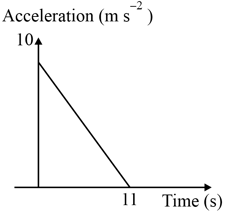
A particle of mass starts from rest from whose force displacement graph is given then velocity particle at . will be:
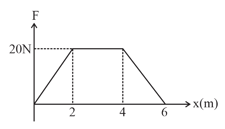
For a body moving on a straight line if is position coordinate and is time then acceleration of body is constant when -
(1) and velocity is linear
(2) and square of velocity is linear
(3) and velocity is linear
(4) and square of velocity is linear.
A particle of mass is free to move on x-axis. The force acting on the particle varies with its position according to curve given below
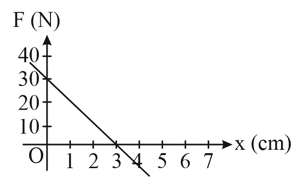
The particle is released from . Find the time taken by the particle to go directly from
The area under the velocity-time graph for a particle moving in a straight line with uniform acceleration gives:
Form the graph shown, the ratio of distance to displacement in of motion is:
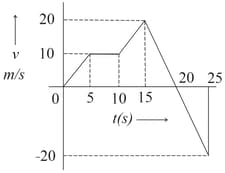
A particle of mass moves in a straight line with retardation where is the displacement in units. Its loss of kinetic energy for above displacement is The value of will be
At any instant the velocity of a particle of mass is . If the force acting on the particle at is . Then the value of will be:
The position-time graphs for two students and returning from the school to their homes are shown in figure.
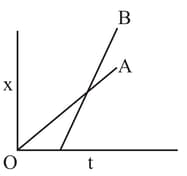
(A) lives closer to the school
(B) lives closer to the school
(C) takes lesser time to reach home
(D) travels faster than
(E) travels faster than
Choose the correct answer from the options given below
Given below are two statements:
Statement I: Area under velocity-time graph gives the distance travelled by the body in a given time.
Statement II: Area under acceleration-time graph is equal to the change in velocity in the given time.
In the light of given statements, choose the correct answer from the options given below.
If position vector of a particle is given by , then the correct statement about the acceleration of the particle is
A body is projected vertically upward direction from the surface of earth. If upward direction is taken as positive, then acceleration of body during its upward and downward journey are respectively
Consider the given below statements.
Statement 1: We can get displacement from acceleration-time graph.
Statement 2: We can get acceleration from velocity-time graph.
